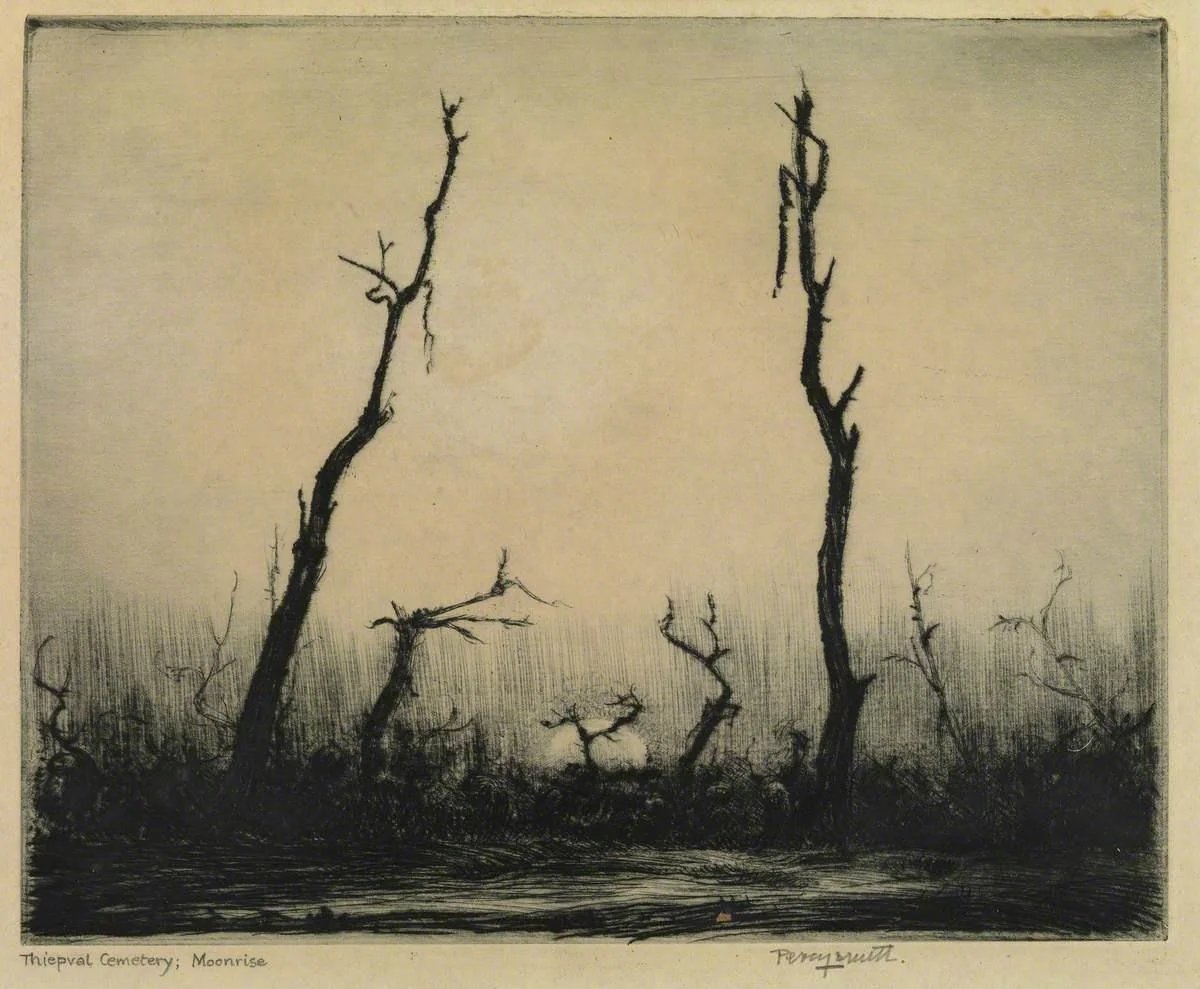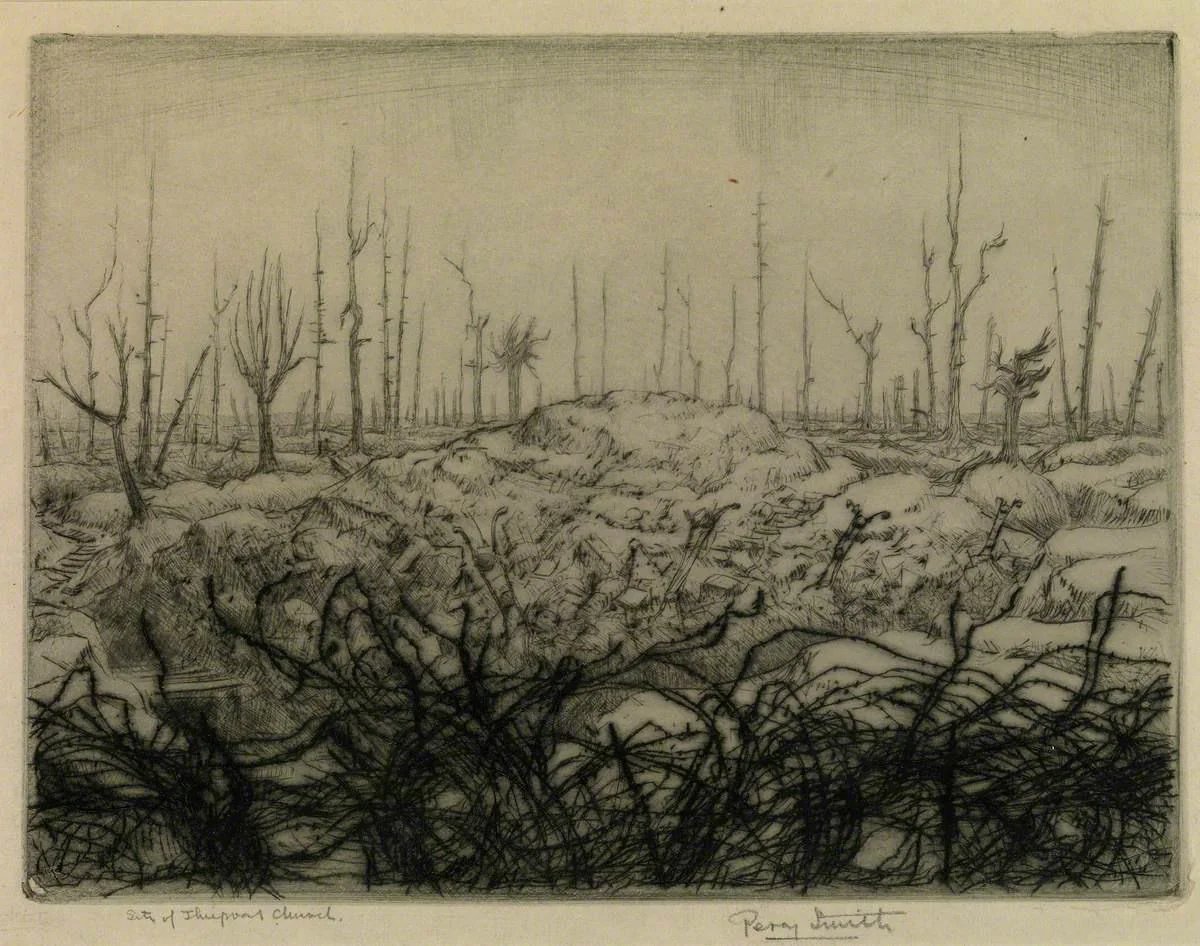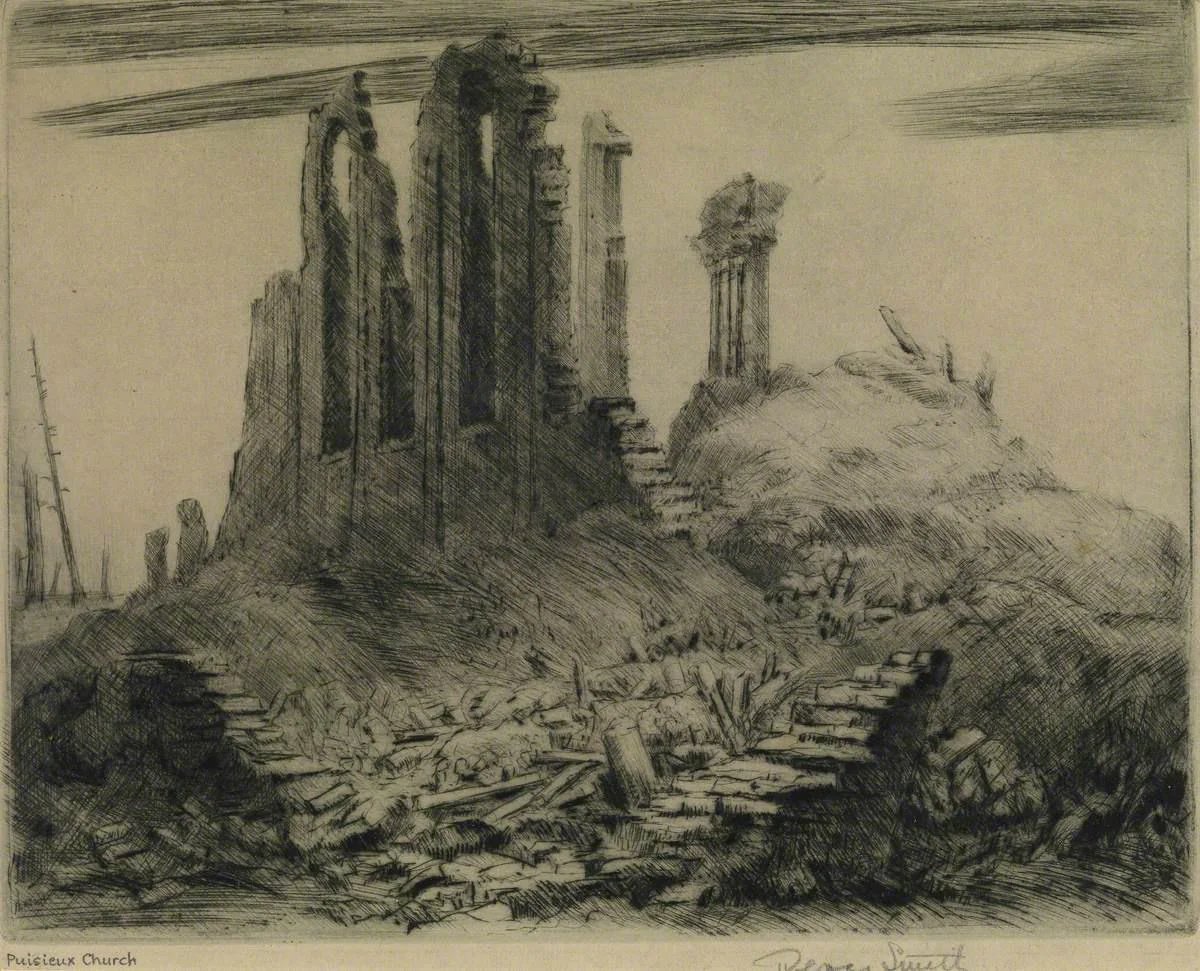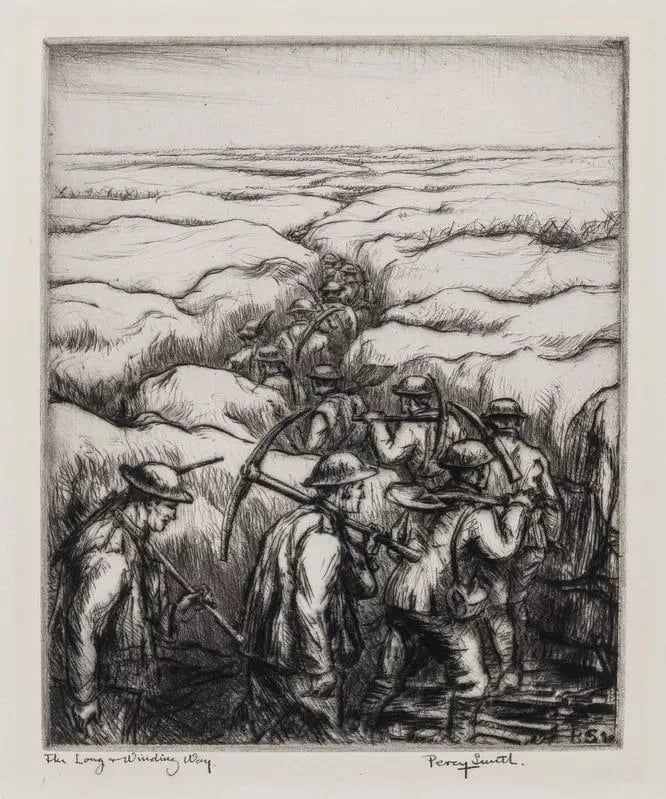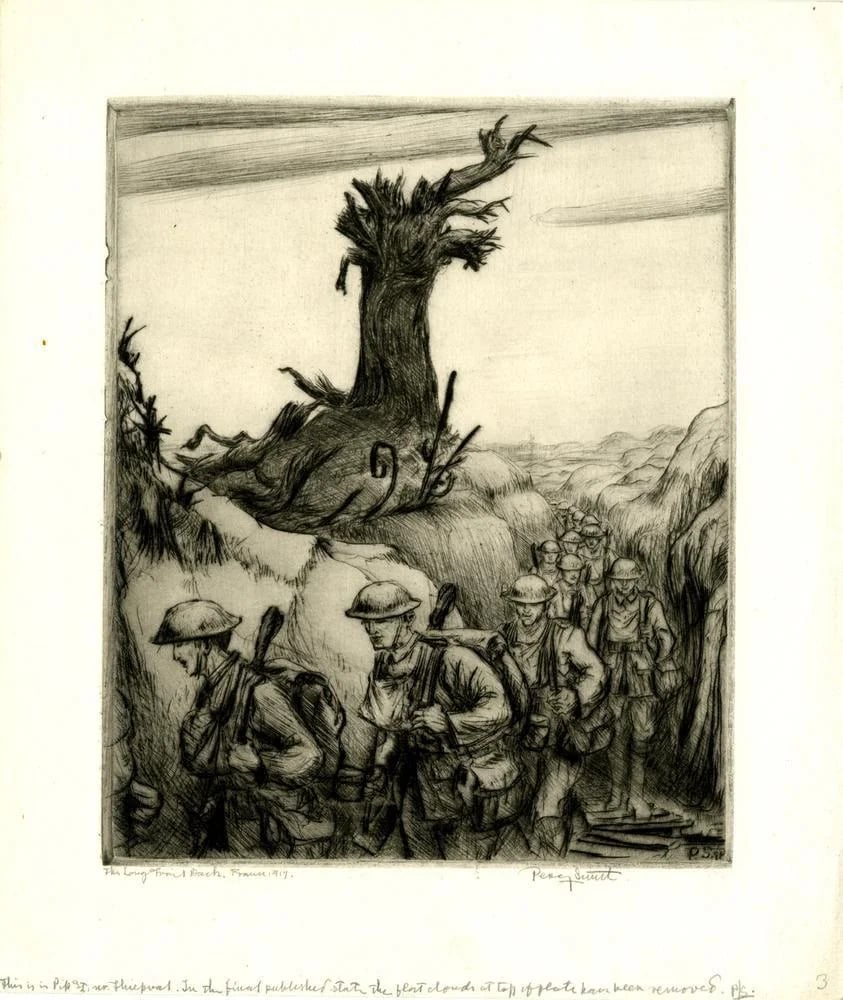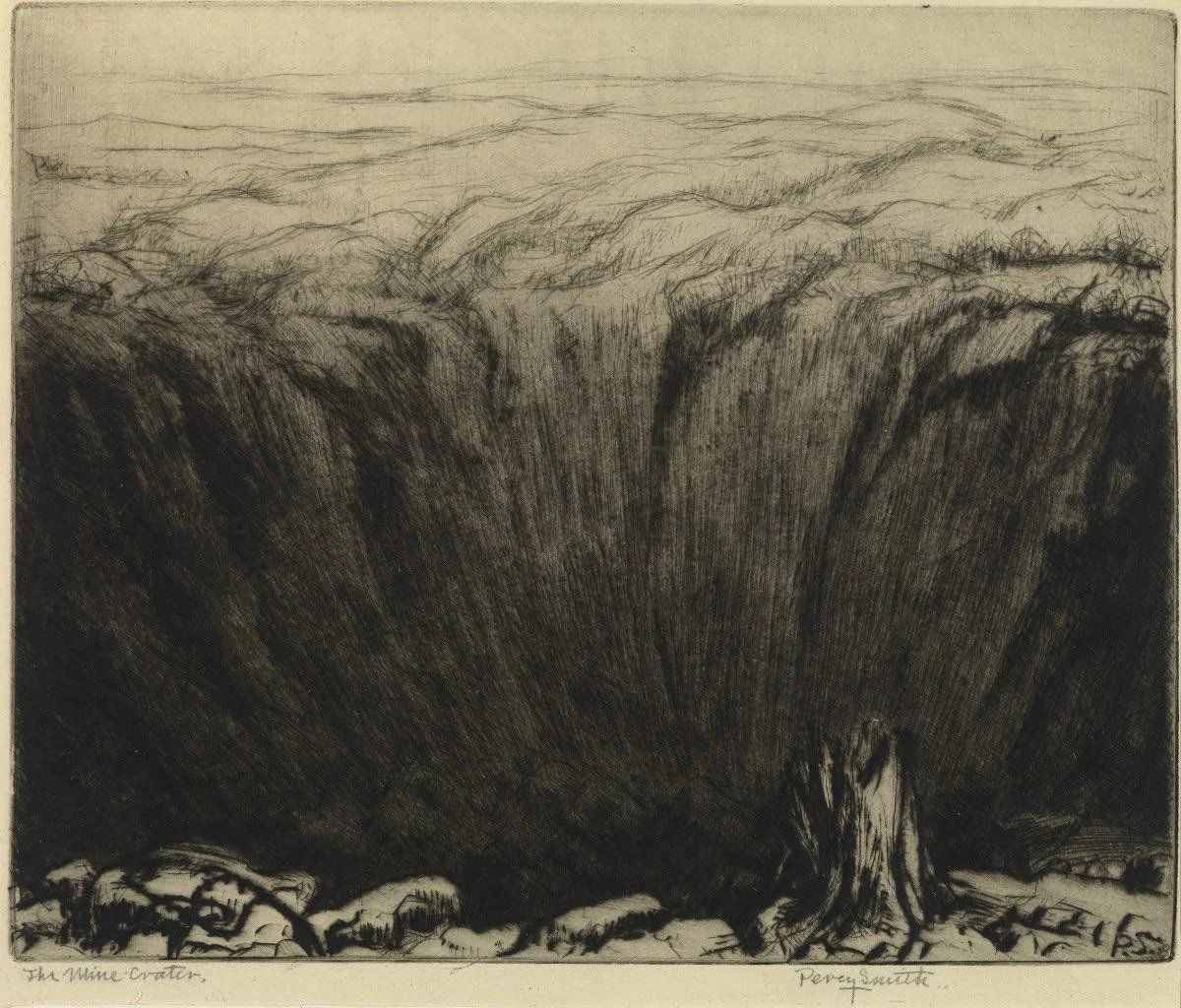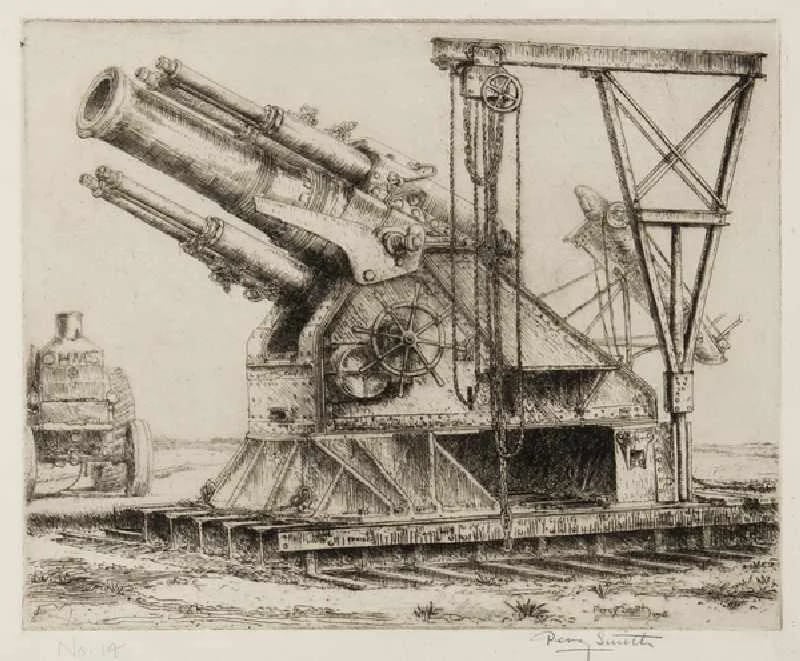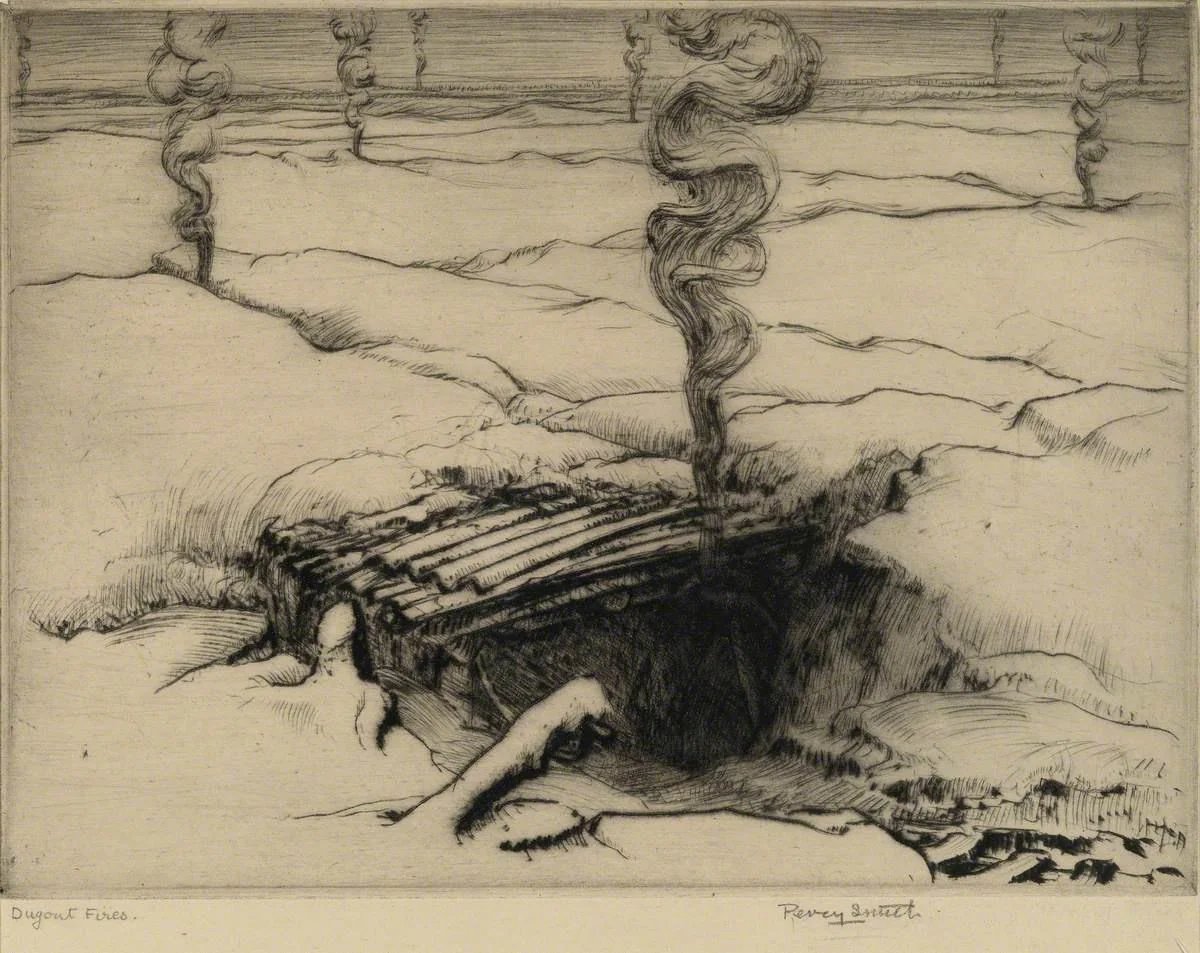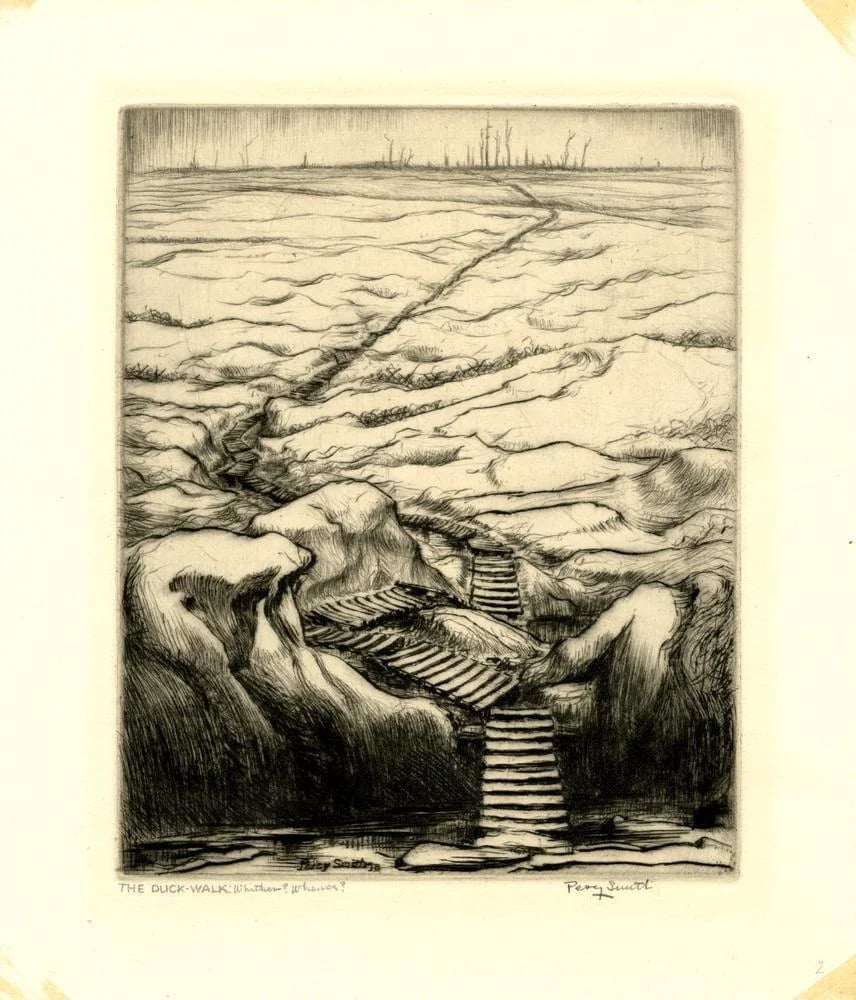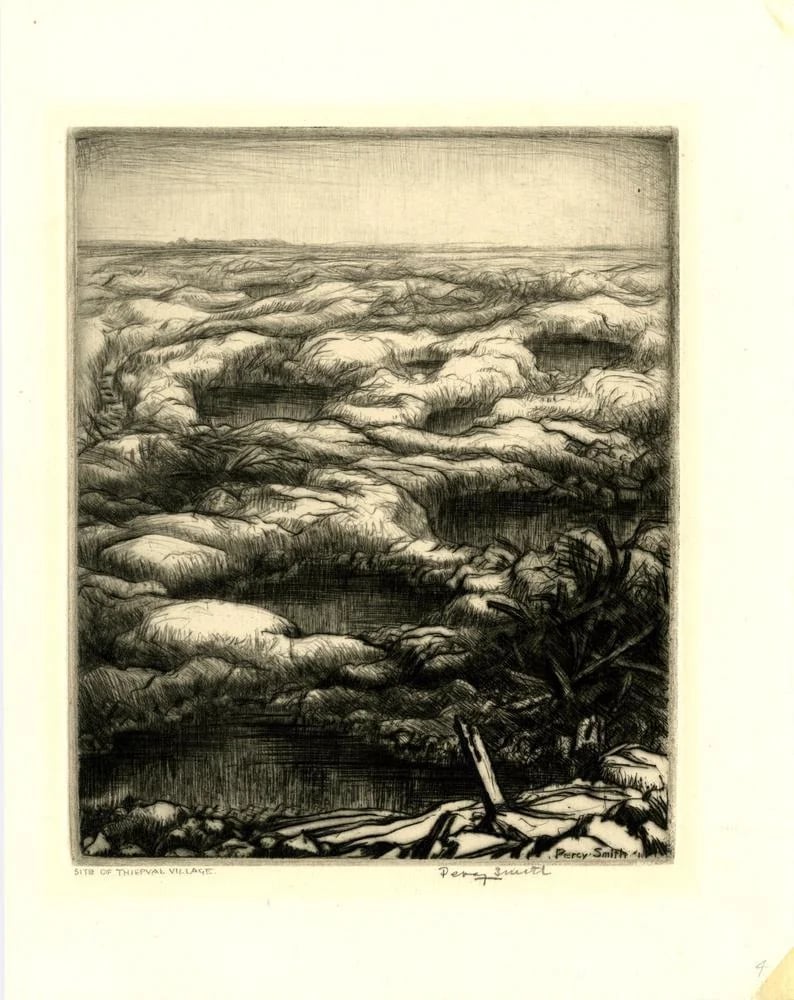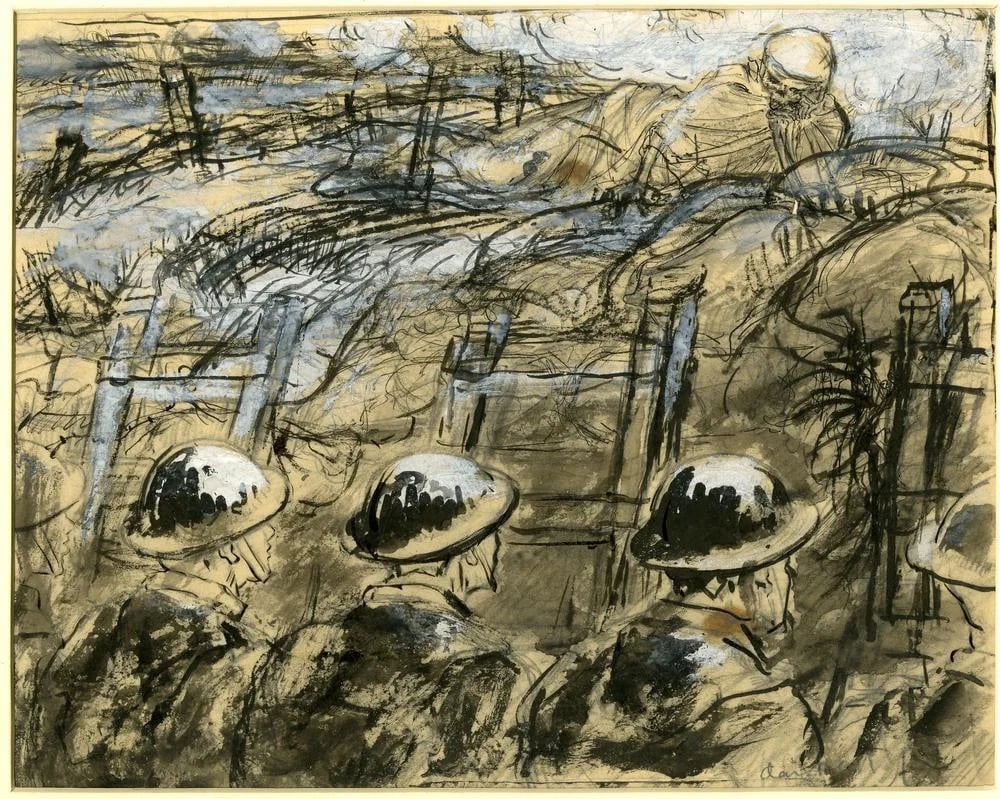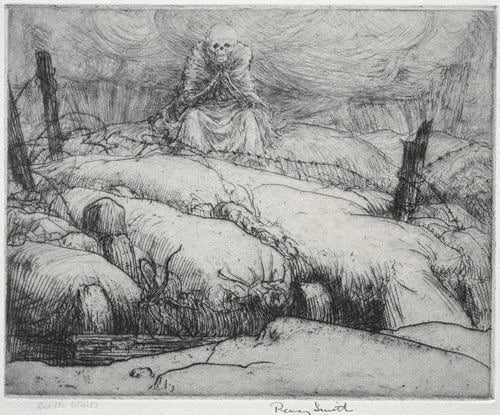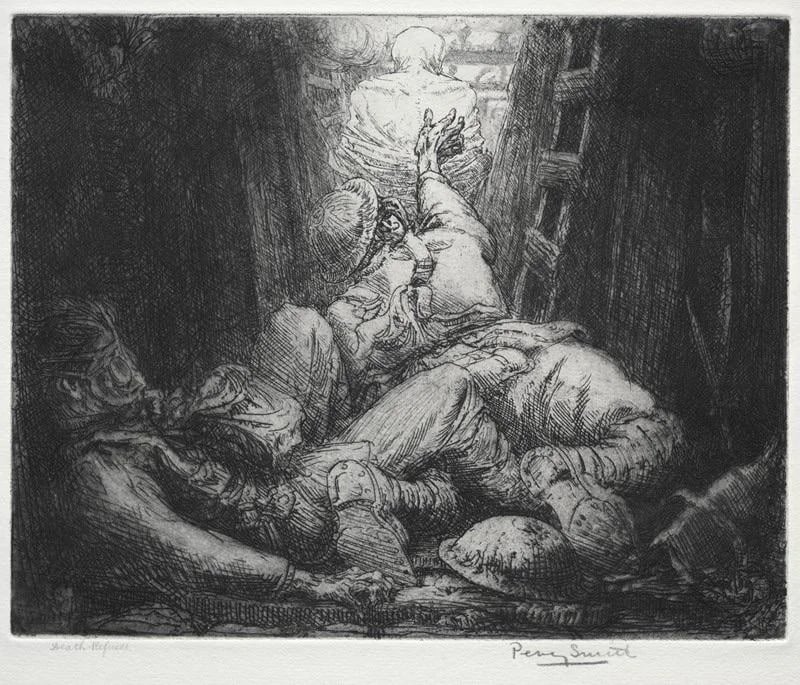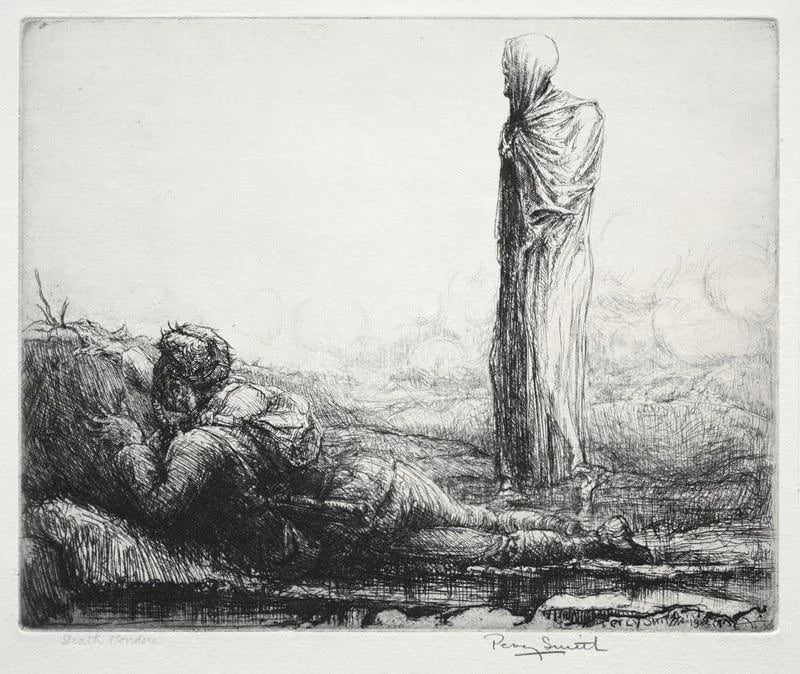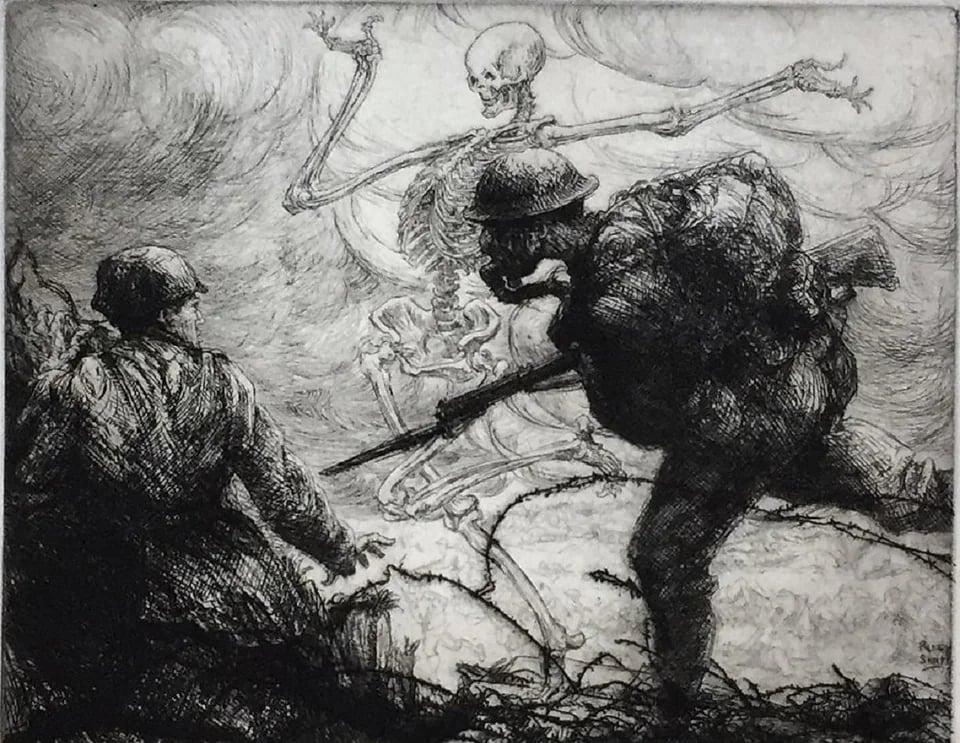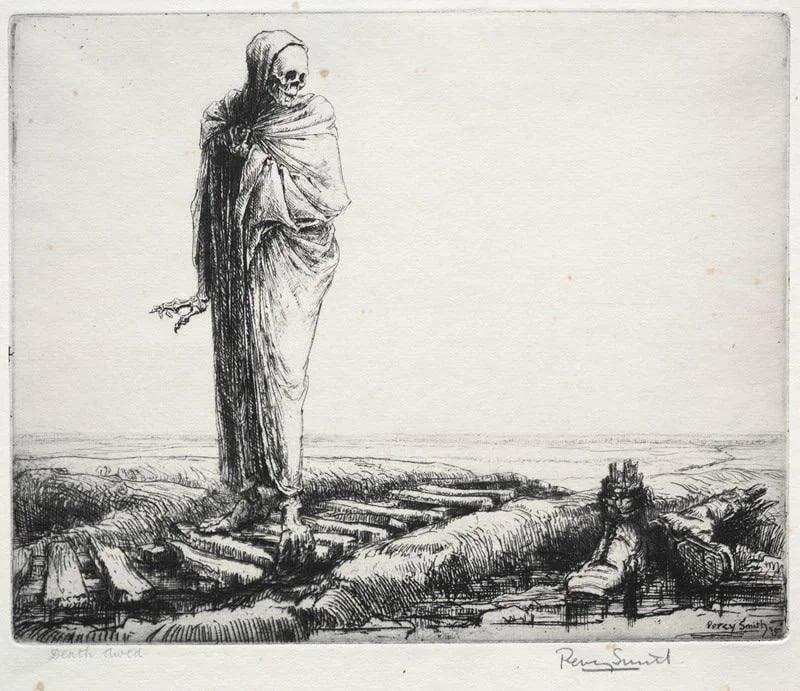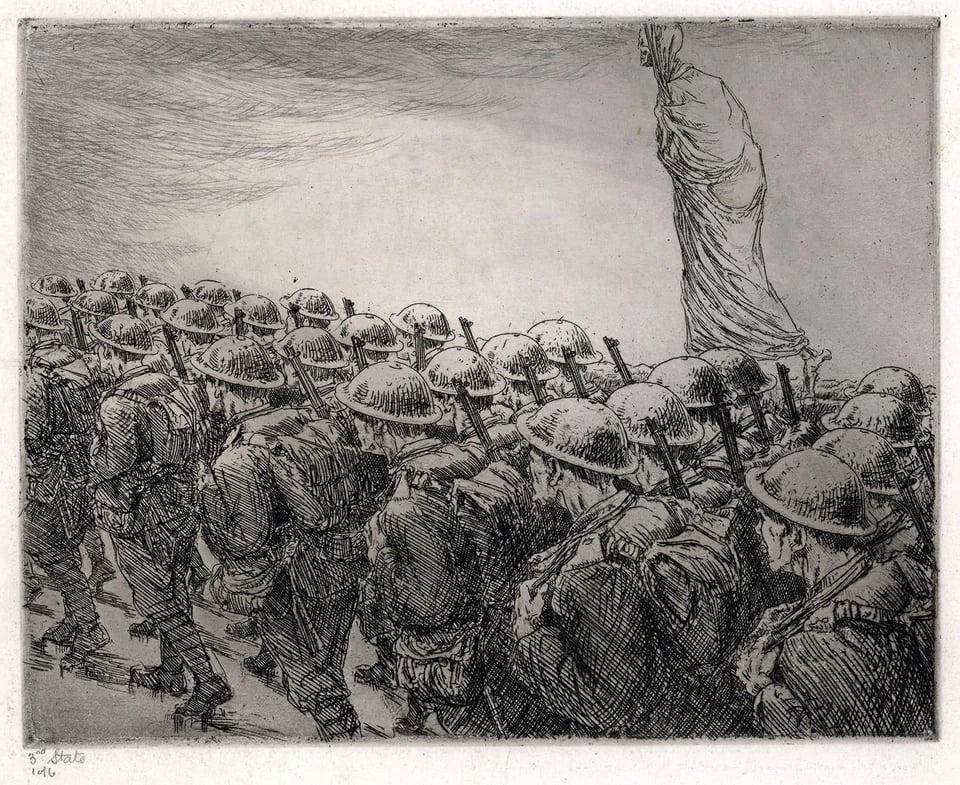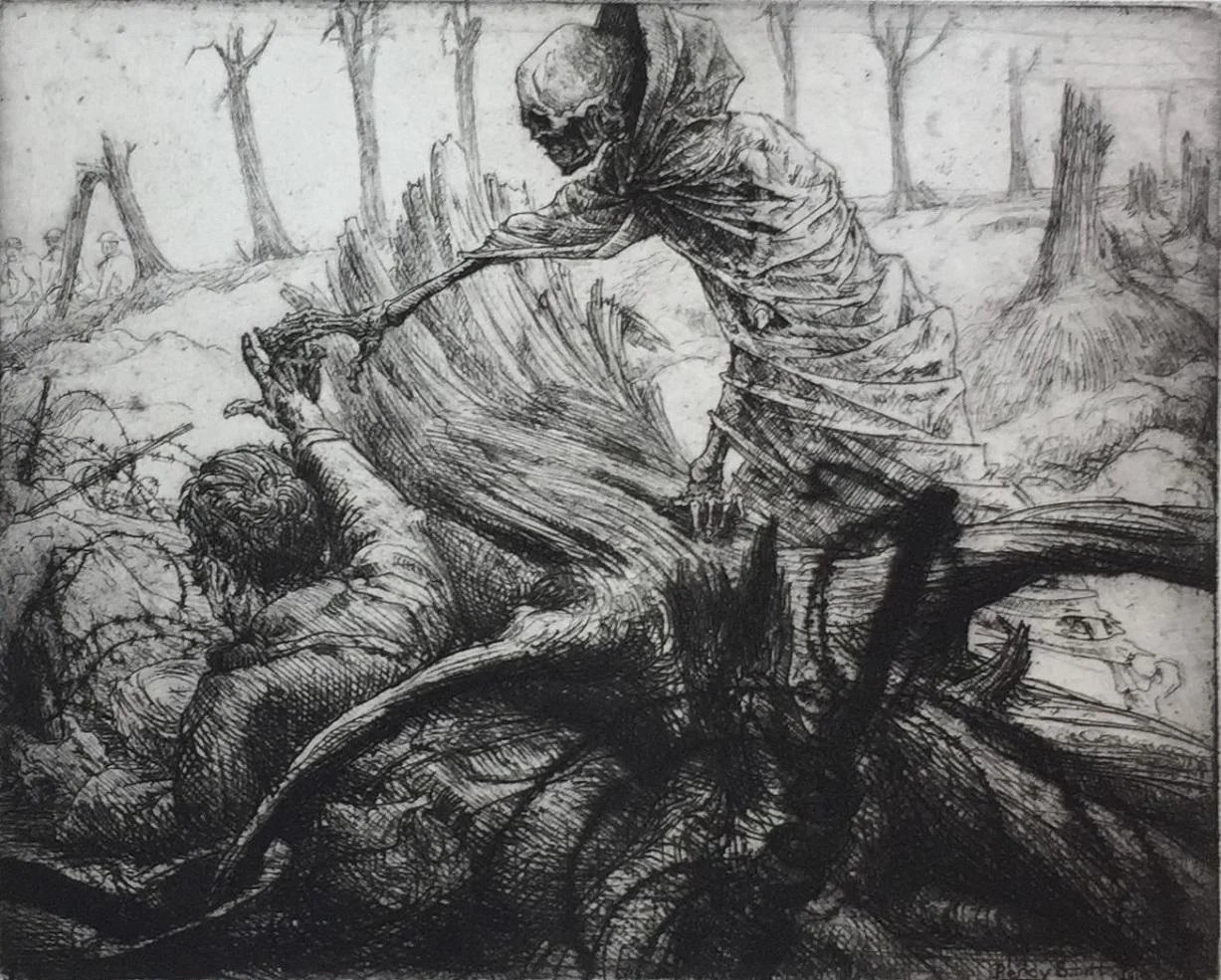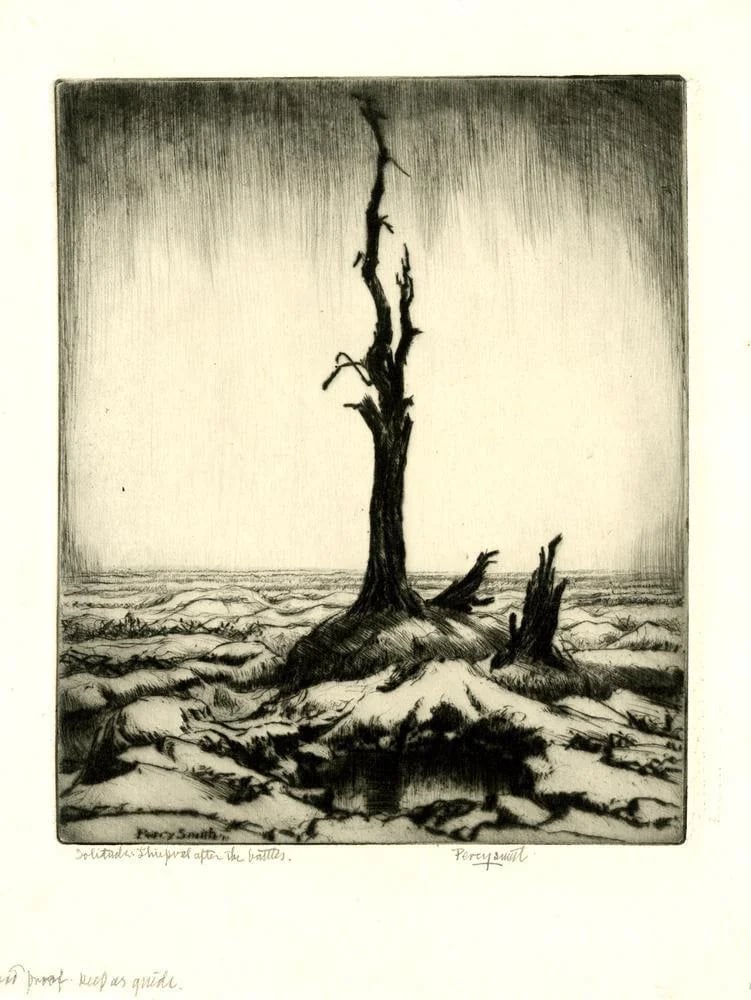The WWI Experience: Drawings from soldier Percy John Delf Smith
Percy John Delf Smith was a British artist who lived from 1882 to 1948. Smith was a printmaker, painter, and typographer who was particularly interested in the use of line in his work. Although he was relatively unknown during his lifetime, he is now recognized as an important figure in British art, particularly for his powerful depictions of World War I.
Early Life and Education
Percy Smith was born in Brighton, England in 1882. His father was a coachman, and his mother was a laundress. From a young age, Smith was interested in drawing and would often spend hours sketching. Despite his passion for art, he began working in a variety of jobs after leaving school, including as a clerk and a salesman.
In 1902, Smith began attending the Brighton School of Art. He studied there for four years, during which time he developed a fascination with the use of line in art. After finishing his studies, Smith moved to London and began working as an illustrator for various newspapers and magazines.
Career as an Artist
Although Smith was successful as an illustrator, he began to focus more on his personal artistic endeavors in the years leading up to World War I. He began experimenting with printmaking, particularly with the use of etching, and developed a unique style that was characterized by bold, sweeping lines.
When World War I broke out in 1914, Smith attempted to volunteer for military service. However, he was rejected twice due to his poor eyesight. Undeterred, he continued to try to enlist and was eventually accepted into the Royal Marine Artillery in 1916. He was sent to the Western Front, where he served for the remainder of the war.
During his time on the front lines, Smith made countless drawings and etchings of the scenes around him. He was deeply affected by the horrors of war and used his art to express his anti-war sentiments. Smith’s depictions of the trenches, the dying and the dead, and the overall devastation of the war were powerful and unflinching. His use of line in these works was particularly effective, as it allowed him to convey a sense of movement and chaos.
One of Smith’s most notable works from this period is his series of etchings titled “The Dance of Death.” These prints, based on sketches he made at Thiepval on the Somme, combine realistic depictions of the war with the allegorical figure of Death, portrayed as a skeleton draped in a cloak looming over the scenes. In “Death Ponders,” the skeleton waits for the soldier’s last breath, while in “Death Refuses,” the cloaked figure turns his back on a trapped soldier. The series is a powerful indictment of war and remains one of Smith’s most important contributions to British art.
After the war, Smith continued to work as an artist. He received several high-profile commissions, including the lettering of the Canadian War Memorial at Vimy Ridge, France. However, he struggled to make a living from his art and spent much of his time working as a teacher and a graphic designer.
Legacy
Despite his struggles during his lifetime, Percy Smith is now recognized as an important figure in British art. His use of line in his prints was groundbreaking and influenced many artists who came after him. His depictions of the horrors of war were powerful and unflinching, and his anti-war sentiment was ahead of its time.
One of the reasons why Smith’s work was overlooked for so long is that much of it was lost or destroyed. He produced many prints, watercolors, and other works, but only a small fraction of them have survived. In the past few decades, there has been renewed interest in Smith’s work, and several exhibitions of his
art have been held in the UK, including a major retrospective at the Ditchling Museum of Art + Craft in 2018.
Smith’s “The Dance of Death” series remains one of his most celebrated works, and it has been compared to German artist Otto Dix’s famous portfolio “Der Krieg.” Both artists used their work to expose the horrors of war and to criticize those who caused it.
Smith’s legacy has also been kept alive by his son, artist and illustrator Blair Hughes-Stanton. Hughes-Stanton was born in 1902 and studied under his father at the Central School of Arts and Crafts in London. He went on to become a successful illustrator and printmaker in his own right, and he continued to promote his father’s work throughout his life.
In 2018, Blair Hughes-Stanton’s daughter, artist and designer Clare Hughes-Stanton, curated the Ditchling Museum’s exhibition of her grandfather’s work. The exhibition included over 100 works by Smith, including etchings, drawings, watercolors, and typographic designs.
The exhibition highlighted Smith’s skill as a printmaker, with many of his etchings on display. His use of line was particularly notable, with bold, sweeping strokes that conveyed movement and energy. His subject matter was often bleak, with many of his prints depicting the horrors of war, but he was also capable of producing more lighthearted work, such as his illustrations for children’s books.
One of the most fascinating aspects of Smith’s work is his use of allegory. In “The Dance of Death” series, he portrays Death as a skeleton draped in a cloak, a traditional symbol of mortality. This figure looms over the scenes of death and destruction, reminding viewers of the inevitability of their own mortality. In other works, he uses animals as symbols, such as in “The Death of the Rabbit,” which depicts a rabbit being hunted by a hawk. The rabbit represents innocence and vulnerability, while the hawk represents death and destruction.
Smith’s typographic designs are also worth noting. He was particularly interested in the use of typography as a means of communication, and he created several typefaces that were used in books and publications during his lifetime. His designs were characterized by their simplicity and elegance, with clean lines and minimal ornamentation.
Percy John Delf Smith is a notable figure in British art, especially for his impactful portrayals of World War I. He is widely recognized for his innovative use of line in his prints, which broke new ground in his time. Smith’s anti-war stance was also ahead of its time and remains a significant element of his work. Despite struggling to earn a living from his art during his lifetime, his legacy has been preserved by his descendants, and his pieces have been rediscovered and celebrated in recent years. Smith’s striking and uncompromising representations of the cruelties of war remain relevant to this day, and his use of symbolism and typography continues to inspire contemporary artists and designers.



